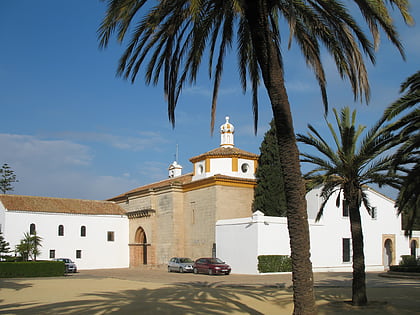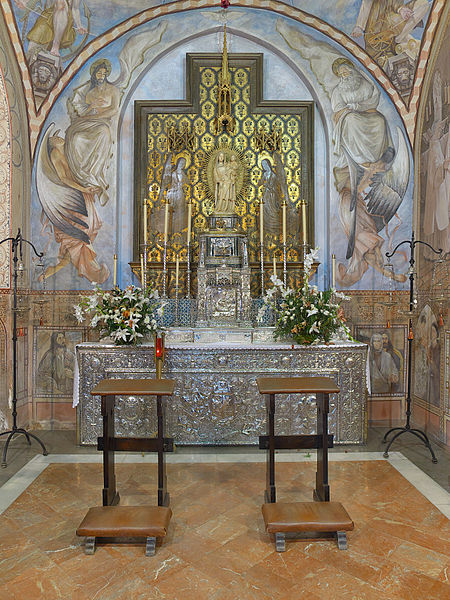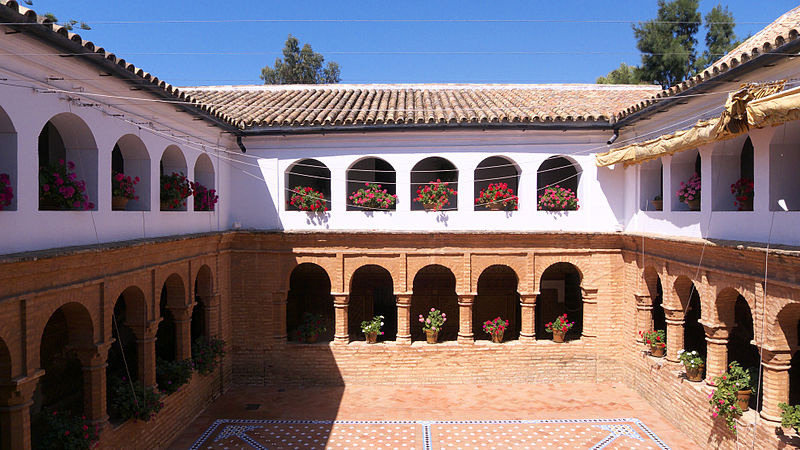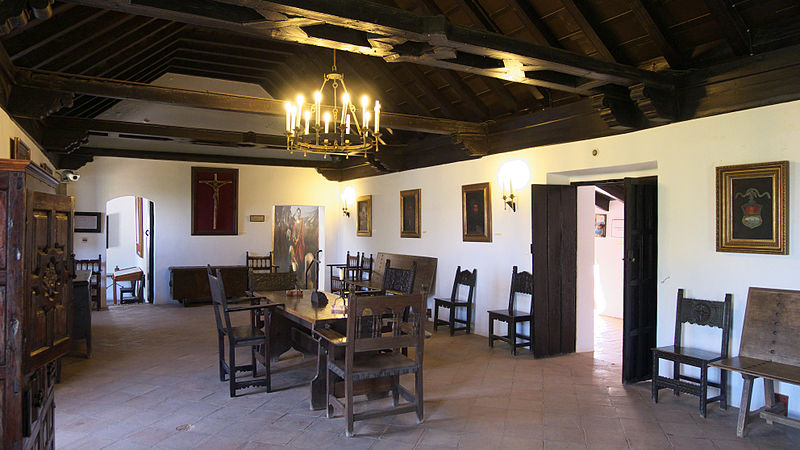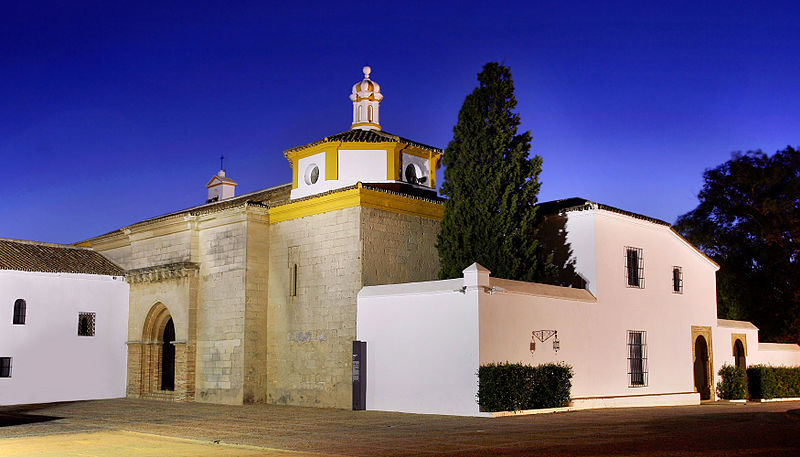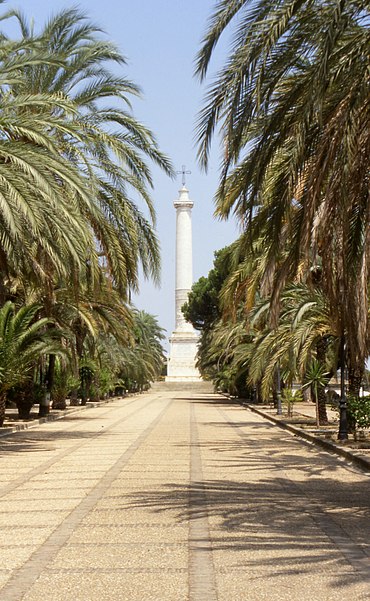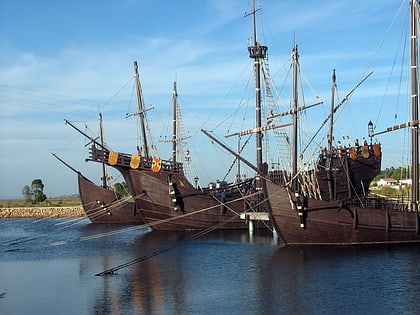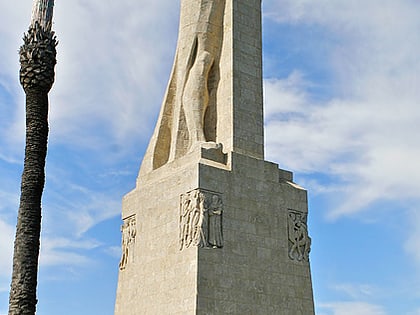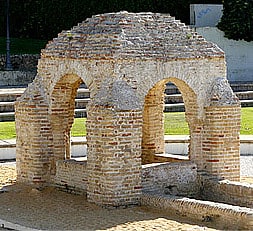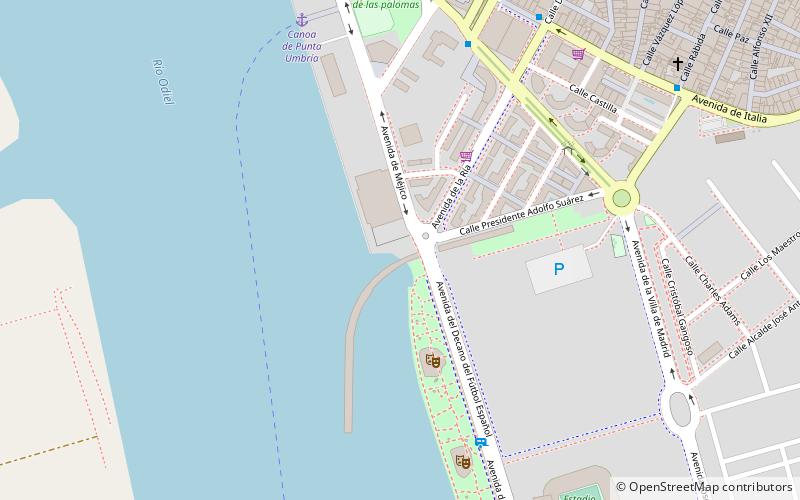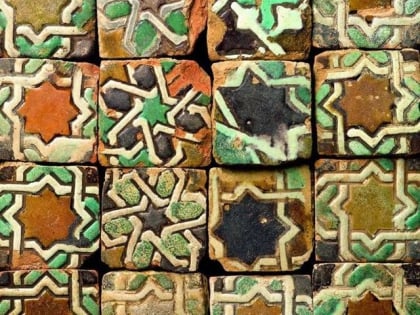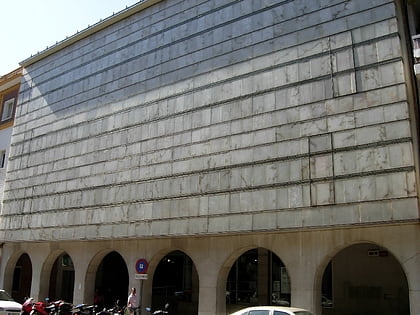La Rábida Friary
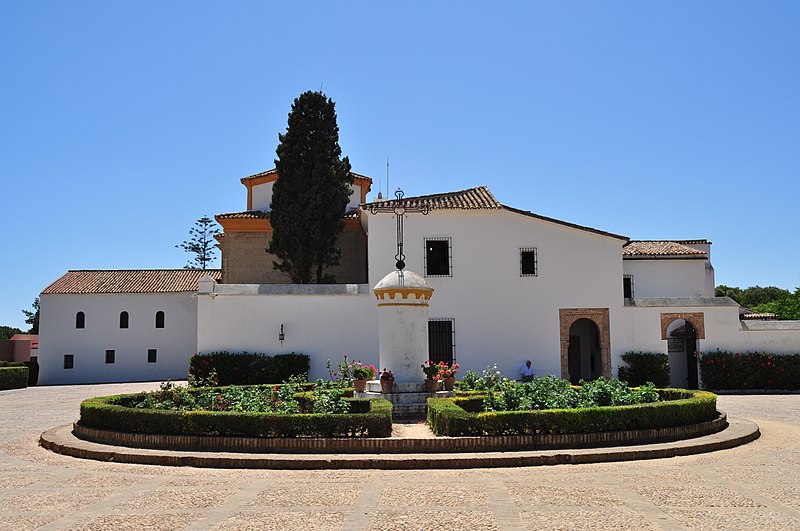
Facts and practical information
Nestled in the heart of Palos de la Frontera, Spain, La Rábida Friary is a historic monastery of profound significance. With its origins dating back to the 13th century, this Franciscan convent played a pivotal role in the Age of Discovery, particularly in the voyages of Christopher Columbus.
La Rábida Friary is a testament to the fusion of Gothic and Mudejar architectural styles, featuring a church with a remarkable Mudéjar ceiling. The monastery is intimately tied to the history of exploration; it was here that Columbus stayed between 1491 and 1492 as he planned his voyage to the New World, and where he forged critical relationships with the Franciscan friars who helped him secure support from the Spanish monarchs, Ferdinand and Isabella.
Visitors to the friary can explore the tranquil cloisters, the historic church, and several rooms that have been converted into a museum. The exhibits recount the story of Columbus's connection to La Rábida and showcase replicas of nautical instruments and maps from the period. The monastery's library is also notable, containing valuable manuscripts and documents related to the history of navigation.
The importance of La Rábida Friary extends beyond its architectural beauty and historical exhibits. It is a symbol of the dawn of a new era of global exploration and cross-cultural encounters. Recognized as a site of significant cultural heritage, it attracts historians, scholars, and tourists from around the world who wish to delve into the early chapters of European exploration in the Americas.
La Rábida Friary – popular in the area (distance from the attraction)
Nearby attractions include: Wharf of the Caravels, Monument to the Discovery Faith, Fontanilla, Rio Tinto Pier.
